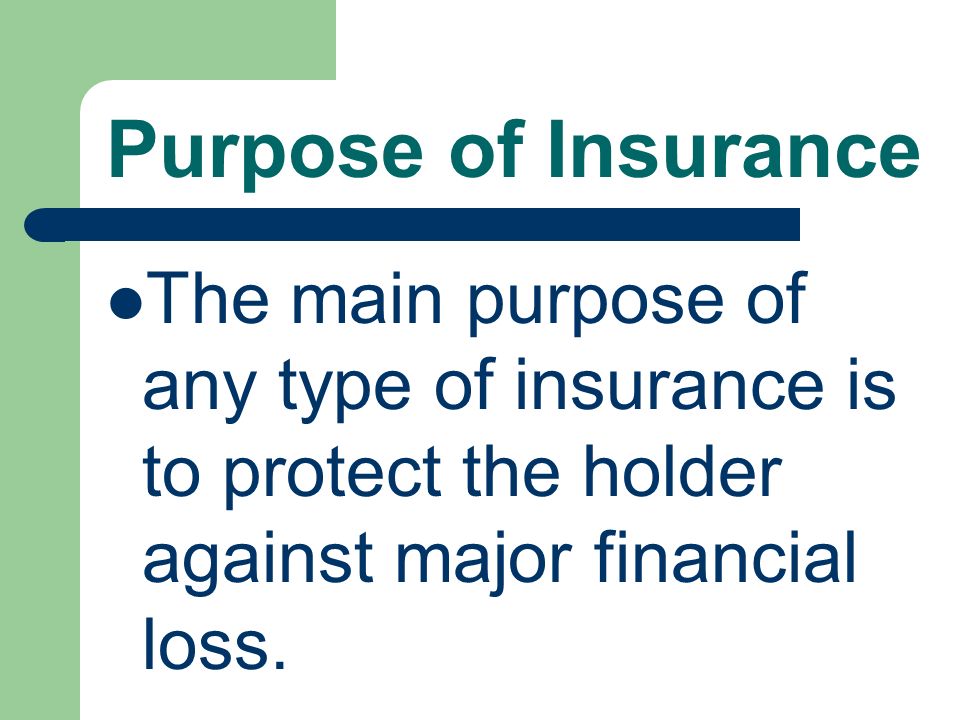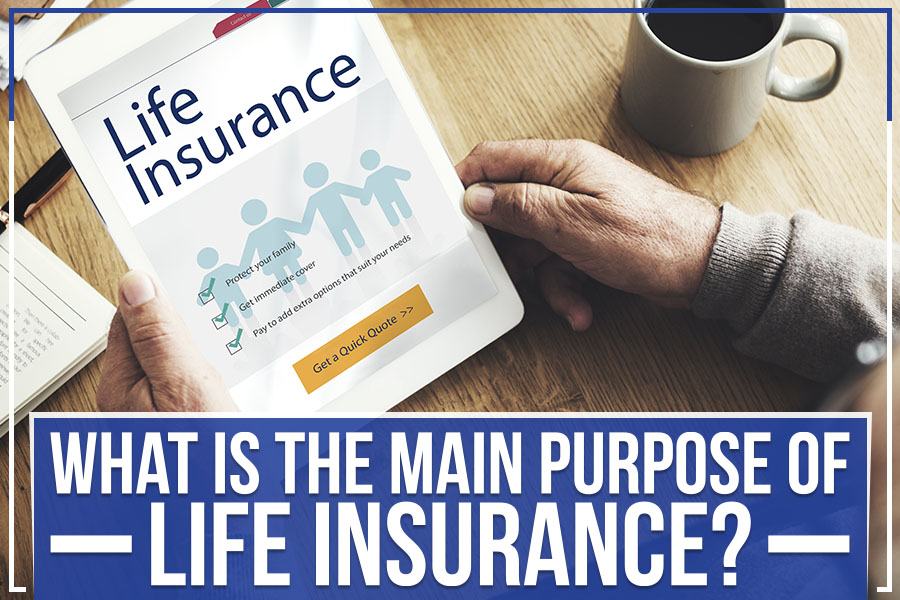Pacific Prime - An Overview
Table of ContentsThe Definitive Guide for Pacific PrimeA Biased View of Pacific PrimePacific Prime Things To Know Before You Get ThisThe 2-Minute Rule for Pacific PrimeNot known Incorrect Statements About Pacific Prime

This is because the information were collected for a duration of solid economic efficiency. Of the estimated 42 million individuals who were without insurance, just about regarding 420,000 (about 1 percent) were under 65 years old, the age at which most Americans become qualified for Medicare; 32 million were grownups in between ages 18 and 65, around 19 percent of all grownups in this age team; and 10 million were kids under 18 years old, about 13.9 percent of all children (Mills, 2000).
These quotes of the variety of individuals uninsured are produced from the yearly March Supplement to the Existing Population Study (CPS), conducted by the Census Bureau. Unless or else noted, national quotes of individuals without health insurance and percentages of the population with different type of coverage are based on the CPS, the most widely utilized source of quotes of insurance policy protection and uninsurance prices.
How Pacific Prime can Save You Time, Stress, and Money.

Still, the CPS is specifically useful due to the fact that it creates yearly estimates relatively quickly, reporting the previous year's insurance policy protection estimates each September, and because it is the basis for a consistent collection of quotes for more than two decades, permitting for analysis of trends in coverage with time. For these factors, as well as the comprehensive use the CPS in various other researches of insurance policy protection that are presented in this report, we count on CPS estimates, with constraints noted.

The price quote of the number of without insurance people increases when a populace's insurance coverage status is tracked for numerous years. Over a three-year period starting early in 1993, 72 million individuals, 29 percent of the U.S. https://www.huntingnet.com/forum/members/pacificpr1me.html. population, were without coverage for at the very least one month. Within a solitary year (1994 ), 53 million people experienced a minimum of a month without coverage (Bennefield, 1998a)
6 out of every 10 without insurance adults are themselves employed. Although working does boost the probability that a person and one's member of the family will certainly have insurance coverage, it is not a guarantee. Even participants of families with 2 full-time wage income earners have nearly a one-in-ten chance of being uninsured (9.1 percent uninsured rate) (Hoffman and Pohl, 2000).
Indicators on Pacific Prime You Need To Know
New immigrants represent a substantial proportion of individuals without health insurance coverage. One analysis has connected a considerable section of the recent development in the size of the U.S. without insurance population to immigrants who got here in the country in between 1994 and 1998 (Camarota and Edwards, 2000). Current immigrants (those that came to the United States within the past 4 years) do have a high price of being uninsured (46 percent), but they and their kids account for just 6 percent of those without insurance coverage across the country (Holahan et al., 2001).
The partnership in between wellness insurance and access to care is well established, as documented later in this chapter. The connection between health insurance coverage and wellness results is neither straight nor easy, a substantial scientific and health and wellness services research study literature links health insurance coverage to better accessibility to care, much better high quality, and enhanced personal and population wellness standing.
Degrees of analysis for checking out the effects of uninsurance. It concentrates specifically on those without any type of health insurance coverage for any length of time.
Getting My Pacific Prime To Work
The troubles faced by the underinsured are in some areas similar to those encountered by the uninsured, although they are normally much less severe. group insurance plans. Uninsurance and underinsurance, however, include distinctly various plan issues, and the strategies for addressing them might vary. Throughout this research study and the five reports to adhere to, the major emphasis is on individuals without wellness insurance coverage and therefore no support in paying for healthcare past what is readily available with charity and safety net institutions
Medical insurance is a powerful element influencing invoice of care because both individuals and doctors react to the out-of-pocket cost of services - https://www.openstreetmap.org/user/pacificpr1me. Medical insurance, however, is neither necessary neither enough to access to medical services. The independent and direct result of health and wellness insurance coverage on accessibility to health and wellness services is well developed.
Others will certainly get the healthcare they need even without wellness insurance policy, by spending for it out of pocket or seeking it from service providers that provide care free or at extremely subsidized rates. For still others, wellness insurance policy alone does not make sure invoice of care due to other nonfinancial obstacles, such as an absence of pop over to these guys health treatment service providers in their area, limited access to transport, illiteracy, or linguistic and cultural distinctions.
Not known Details About Pacific Prime
Formal research study concerning without insurance populations in the USA dates to the late 1920s and very early 1930s when the Board on the Expense of Healthcare produced a series of records about funding physician office gos to and hospitalizations. This issue ended up being prominent as the numbers of medically indigent climbed during the Great Anxiety.